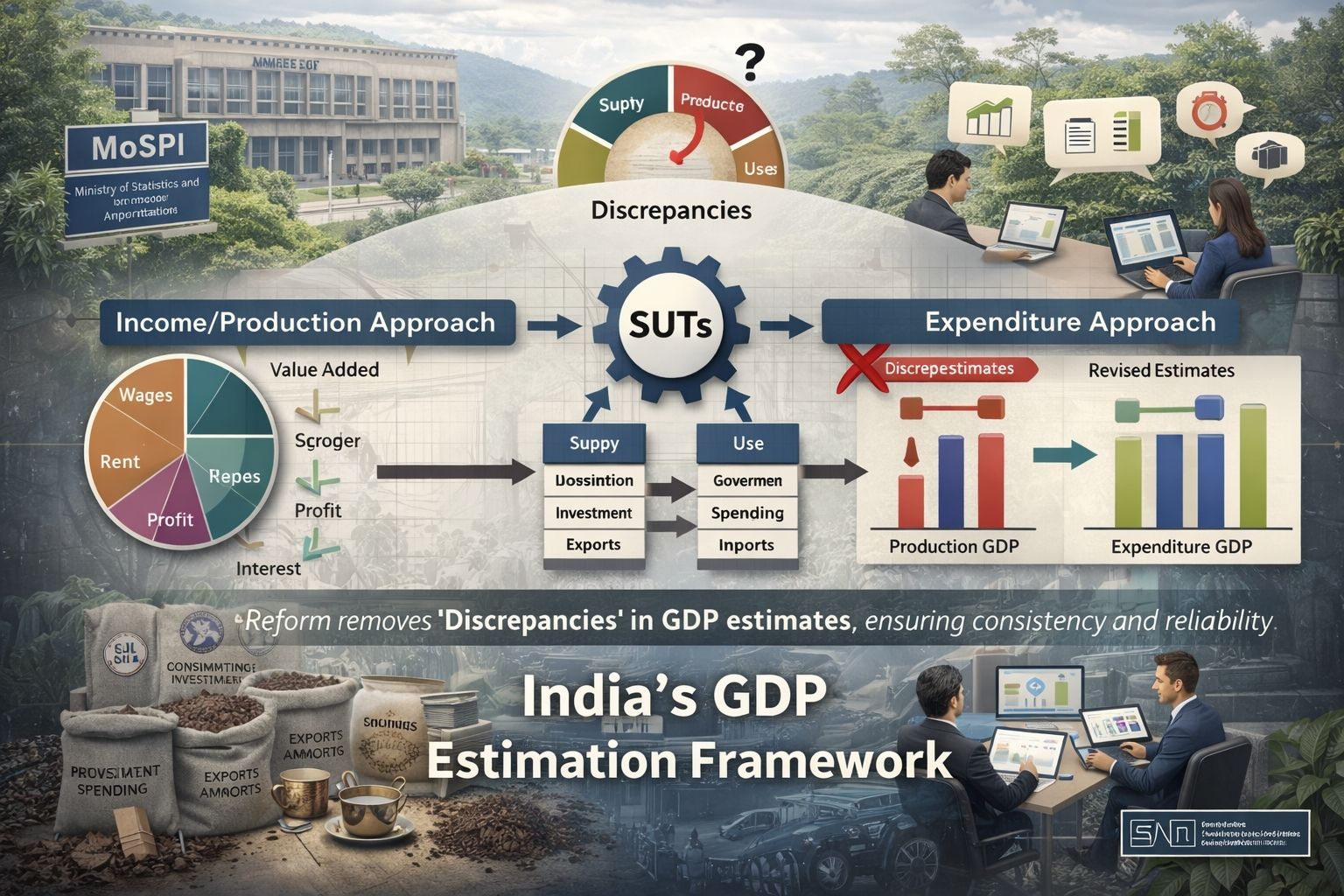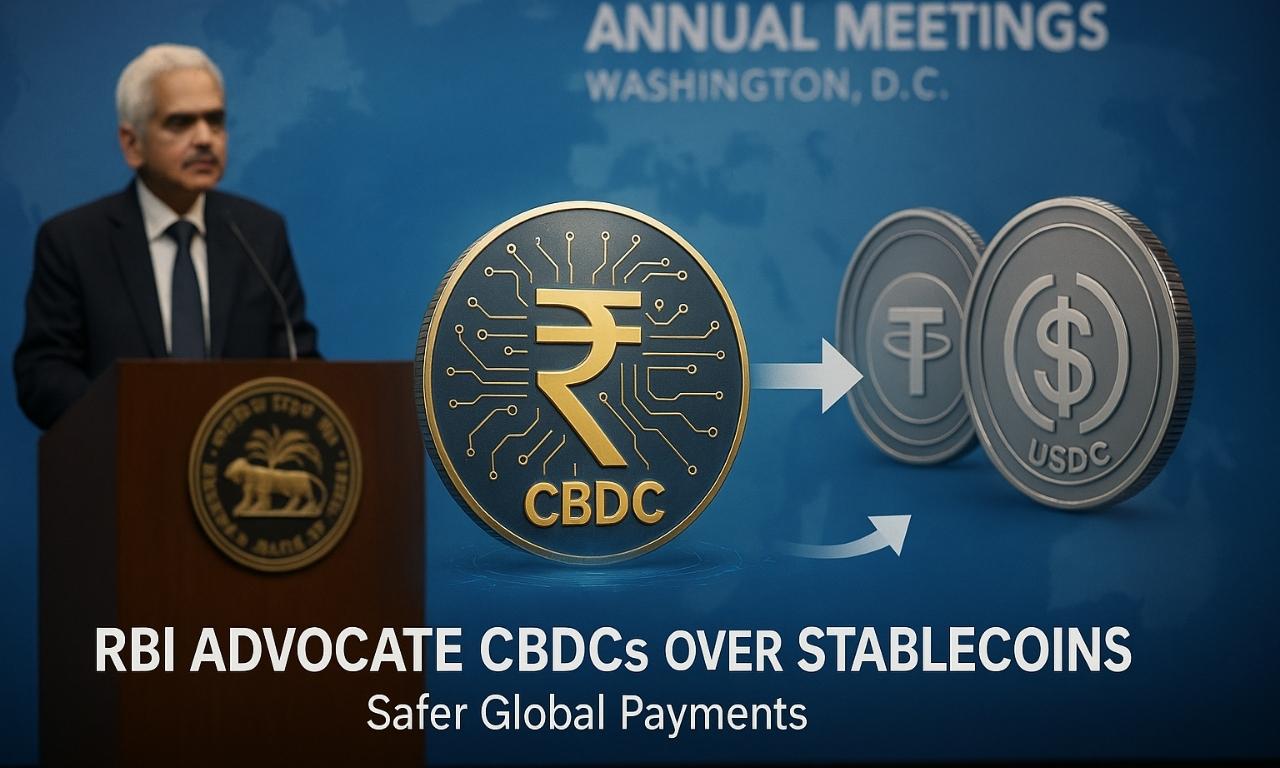Foreign debt inflows into India in 2025 have remained much lower than expected, even after the relaxation of the Fully Accessible Route (FAR) norms and the inclusion of Indian government bonds in major global indices.
Experts expected much higher foreign investment, but actual numbers are far below projections.
Background
- India opened its government securities (G-secs) market more widely to foreign investors under FAR.
- The goal was to attract long-term global funds and strengthen the bond market.
- However, actual foreign debt inflows have been weaker despite favourable reforms and global index inclusion.

What is the Fully Accessible Route (FAR)?
- Launched by: RBI & SEBI
- Purpose: To let foreign investors invest freely in select government bonds
- Key Features:
- No investment limit or cap for foreign investors
- Free repatriation of funds
- Encourages stable, long-term capital inflows
- Objective: Deepen the debt market, bring global capital, and make Indian bonds part of global indices.
Expected vs Actual Inflows
- Analysts predicted $20–25 billion inflows till March 2025 after index inclusion.
- Actual inflows so far (2024–25): ~$10.7 billion only.
- This is a big drop compared to 2024, which saw heavy debt inflows.
Policy Decision
- Government excluded 14-year & 30-year bonds from FAR in Aug 2024
- Aim: Prevent excess speculative inflows & market volatility
- Result: Limited the securities available under FAR, lowering total inflows
Global Factors
- Uncertain US interest rate outlook
- Geopolitical tensions and inflation fears
- Preference for short-term strategies by foreign investors
- Rupee fluctuations vs US dollar
- Higher US treasury yields making US bonds more attractive
India’s Strengths
- GDP expected to grow ~7% in FY26
- Inflation near RBI’s target
- Strong domestic demand and consumption
- Stable macro fundamentals improving long-term confidence
Importance for India
Foreign debt inflows:
- Lower government borrowing cost
- Improve bond market liquidity
- Strengthen rupee stability
- Support deeper financial market reforms
Future Outlook
Foreign inflows may rise if:
- Global interest rates stabilise
- Bond index inclusion by FTSE & Bloomberg completes
- India-US trade deal boosts confidence
- Global monetary policy eases
- Risk: Fresh inflation surge or sudden US rate hike can slow funds again.
Conclusion
Debt inflows are slower than expected even after reforms. But India’s strong economy and global index inclusion may attract more foreign investment once global conditions stabilise.
This topic is available in detail on our main website.





